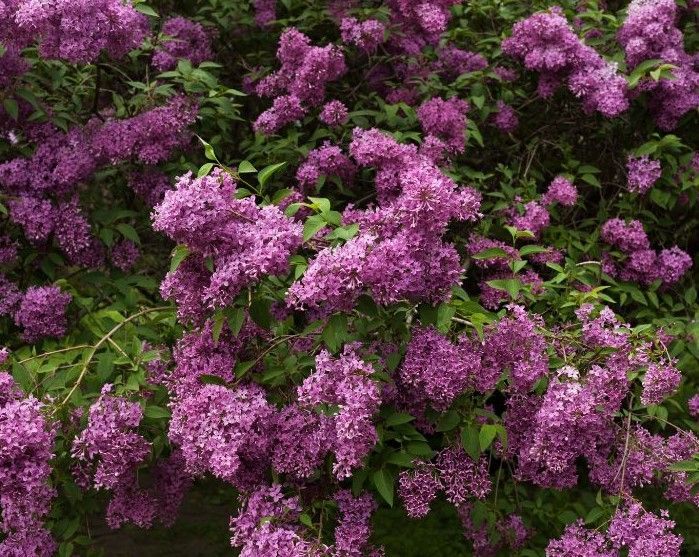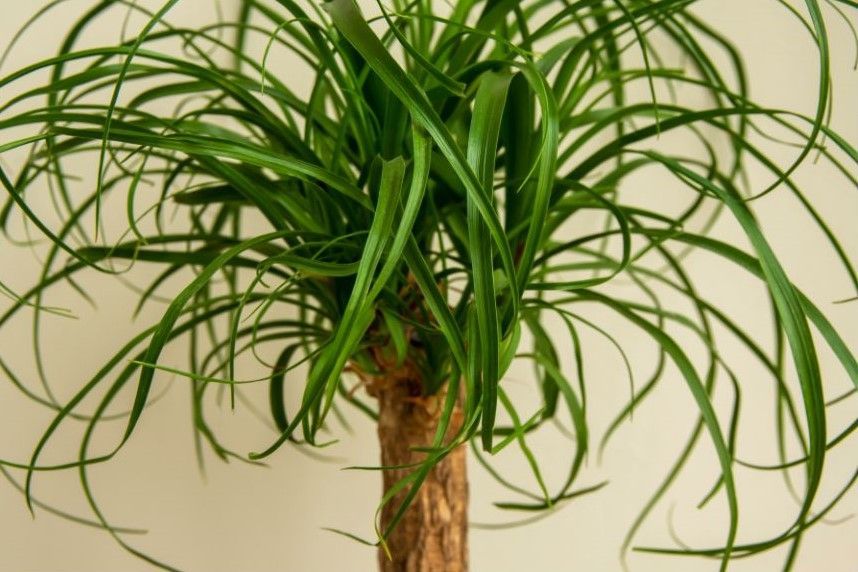Elderberry - produce clusters of fragrant white or pink flowers that attract various pollinators, including insects. Small mammals like squirrels may visit for the nectar. Elderberries also produce edible fruits.
Gardening for Pollinators: Plants & Habitats that Attract Small Mammals
Creating a garden that attracts small mammals who act as pollinators is an endeavor that requires the creation of a biodiverse and wildlife-friendly space which offers an abundance of nourishment, safe havens, and suitable living conditions for these invaluable creatures. Among the diverse array of small mammals that fall into this category are bats, field mice, shrews, squirrels, chipmunks, and rabbits. To successfully cultivate a garden that caters to these pollinator mammals, here are some useful tips to consider:
Select native plants that will attract small mammals
You'll want to stick with plants that are adapted to your local environment. Native plants provide a familiar source of food and habitat for a wide range of wildlife, including small mammals and pollinators. Research which native plants are best suited to your region and environmental conditions.
- Provide a variety of flowering plants: Small mammals are attracted to flowers that are easy to spot and reach, as well as flowers with bright colors and strong scents can help attract them as well. Different small mammals may be attracted to different types of flowers, so it's best to plant a variety of plants in your pollinator garden. Small mammals may also feed on the seeds of some of these plants.
- Include berry-producing shrubs and trees: Small mammals like squirrels and chipmunks often feed on berries and nuts. Providing an abundance of food sources will help attract essential pollinators to your garden.
Here are some shrub recommendations for your pollinator garden:
Butterfly Bush - Butterfly bush, as the name suggests, is a favorite of butterflies, but its fragrant flowers may also attract small mammals like rodents for nectar.
Weigela - produce trumpet-shaped flowers that are known to attract hummingbirds, bees, and butterflies. Small mammals may visit for nectar.
Rose of Sharon (Hibiscus) - produces large, showy flowers that are attractive to bees and butterflies. Small mammals, particularly rodents, may also be drawn to the nectar.
Trumpet Vine - produces bright orange or red trumpet-shaped flowers that are popular with hummingbirds and bees. Small mammals may visit for nectar.
Azalea (Rhododendron) - produce colorful, tubular flowers that attract bees and butterflies. Small mammals may visit for nectar and, in some cases, help with pollination.
Here are some tree recommendations for your pollinator garden:
Walnut Trees - produce catkins that release pollen. Small mammals, including squirrels, may visit walnut trees to feed on this pollen, inadvertently transferring it between flowers.
Hickory Trees - produce catkins that contain pollen. Squirrels, chipmunks, and other small mammals may visit hickory trees for the pollen, potentially aiding in pollination.
Pecan Trees - produce both male and female flowers on the same tree. The male flowers produce pollen that is transferred to the female flowers for pollination. Squirrels and other small mammals may visit these trees while foraging for food, including pollen.
Chestnut Trees - produce catkins containing pollen. Squirrels and other small mammals may visit these trees while searching for pollen or insects.
Acorn-Producing Trees - oak trees, which produce acorns, also have catkins that release pollen. Squirrels, chipmunks, and other small mammals may visit oak trees for the pollen.
Create Habitat Layers
Design your garden to have multiple layers of vegetation, including groundcover plants, shrubs, and taller trees. This creates a variety of microhabitats that can accommodate small mammal pollinators.
Provide Nesting Sites for Small Mammals
Small mammals need safe places to nest and hide. Brush piles, rock walls, and areas with dense vegetation can serve as shelter and nesting sites for these animals.
Offer Water Sources
Like birds, small mammals also need access to water for drinking and to clean themselves. Consider adding a small pond, birdbath, or shallow dish of water to your garden.
Plant Native Grasses and Wildflowers
Native grasses and wildflowers can provide seeds and shelter for small mammals. They also support pollinators by providing additional nectar sources.
Avoid the Use of Pesticides
Minimize or eliminate the use of pesticides in your garden, as they can harm small mammals directly or indirectly through their food sources.
Create Wildlife Corridors
Connect your garden to nearby natural areas or other wildlife-friendly gardens. This helps small mammals move freely between safe spots and supports pollination by providing foraging and breeding opportunities.
Provide Nest Boxes
Install nest boxes or small mammal houses in your garden to encourage small mammals like squirrels, chipmunks, and even bats to take up residence.
You can get creative with the nesting areas for small mammals. Use old pottery, wood pallets, and other materials to create a one-of-a-kind nesting site especially suited for your garden area.
If you’re going to invest in a prefab bat box, large designs are better. For example, tall, four-sided boxes allow bats to move up and down in space and around to the back side when the front is being blasted by sun.
Maintain Natural Ground Cover
Leave some areas of your garden with natural ground cover, such as fallen leaves and mulch, which can provide shelter and foraging opportunities for small mammals.
- Create brush shelters out of logs and branches to create a shelter for a variety of small mammals and other species. Leave dead trees, also called snags, in place.
- Snags provide small mammals and other animal species with cover, a place to raise young, as well as attract food sources such as insects, fungi, and lichens.
Remember that creating a garden that supports small mammal pollinators may take time as these creatures become accustomed to the new habitat. Patience and careful planning will help you achieve a thriving and balanced ecosystem in your garden.

Sign up for monthly newsletters!
From easy tree care practices to fun DIY projects, we've got something for everyone.

Interested in what we can do for you?
Call us at 610-648-0404 or book an appointment online.

Sign up for monthly newsletters!
Get our latest articles, delivered right to your inbox. No spam, ever.
Check out the latest...
Sign up for monthly newsletters!
From easy tree care practices to fun DIY projects, we've got something for everyone.






WHAT WE DO
WHO WE ARE
Join the Tree Society newsletter
Get monthly articles on the latest in the tree care industry, curated by people deeply passionate about environmental stewardship.



